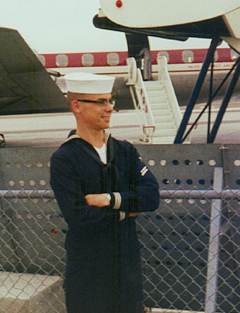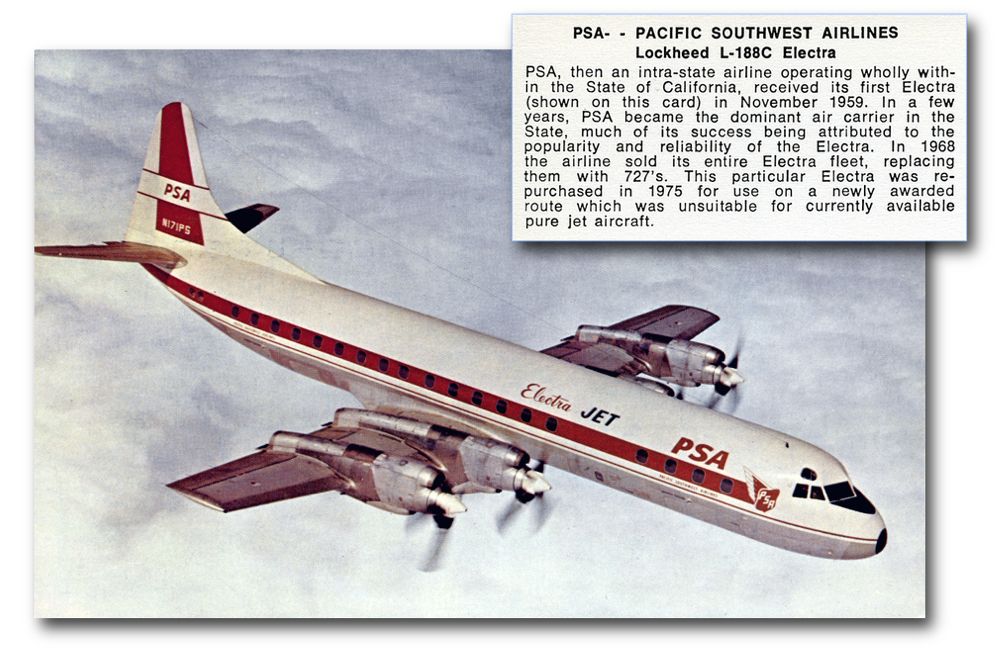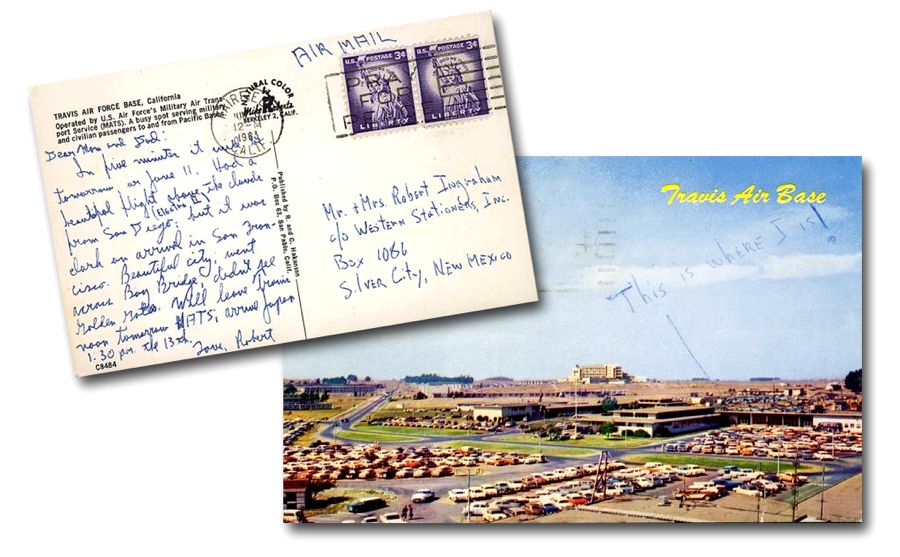Low & Slow in a “Connie” — Flying to Japan in 1963 (Part 1)

Back in the mid-1960s, when astronauts were riding rockets into space and other men were routinely flying huge jet airliners across continents and oceans, writer and pilot Ernest K. Gann did something that few astronauts or pilots would dare: he flew an old, slow Douglas DC-3 propeller airliner across 4,000 miles of the Pacific Ocean, from San Francisco to American Samoa.
Gann’s evocative essay about his flight, titled “On the Beak of an Ancient Pelican,” is the last chapter of his book, Ernest K. Gann’s Flying Circus, but I didn’t have to read it to appreciate his experience: a few years before Gann’s flight to Samoa, I too flew “on the beak of an ancient pelican” — not a DC-3, but an obsolescent Lockheed Constellation — a Military Air Transport Service (MATS) C-121G — all the way across the Pacific, from California to Japan.
In June, 1963 I head for Japan

In June, 1963, at the age of 20, I was ready for the first big adventure of my life. In the previous eight months, I had left home, joined the U.S. Navy, completed boot camp in San Diego, and graduated from Hospital Corps School at Balboa Naval Hospital. Now I was headed for my first duty station, the U.S. Naval hospital at Yokosuka, Japan, a few kilometres south of Yokohama.
It was a dream come true: For years, I had dreamed of travelling the world. I joined the navy in large part so I could be on a ship and see the world. Working for two years in Japan wouldn’t get me on a ship (although it did get me on a submarine for a day, which is another story), but at least I would meet girls in another country!
My parents travelled out to San Diego from our home in Silver City, New Mexico, to say good-bye. I would not see them or talk to them again for more than two years — the internet and email did not exist, of course, and international telephone calls were prohibitively expensive.
One notable memory of the visit with my parents was the President John F. Kennedy’s visit to San Diego. His motorcade — he was waving from the back seat of his open limousine — passed within a few feet of us. That was on June 6, just six months before his assassination on Nov. 22 in Dallas.

Four days later, on June 10, my parents and I said our good-byes, and I flew in a Pacific Southwest Airlines L-188 Electra II airliner to San Francisco, where I took a bus across the Oakland Bay Bridge to Travis Air Force Base where, the next day, I would board an aircraft of the Military Air Transport Service (MATS).

The message I wrote on the postcard to my parents notes that I had “…a beautiful flight above the clouds” to San Francisco, and that I would leave Travis Air Force Base at noon the next day, June 11, and arrive in Japan at 1:30 p.m. on the 13th. Because we would cross the International Date Line, I would lose an entire day.
Next, in Part 2: From Travis AFB near San Francisco to Hickam Field, Hawaii, in a classic C-121G Constellation airliner flown by the Military Air Transport Service. That leg of the flight to Japan became a highlight of my time in the U.S. Navy when I got to spend more than an hour sitting in the co-pilot’s seat.